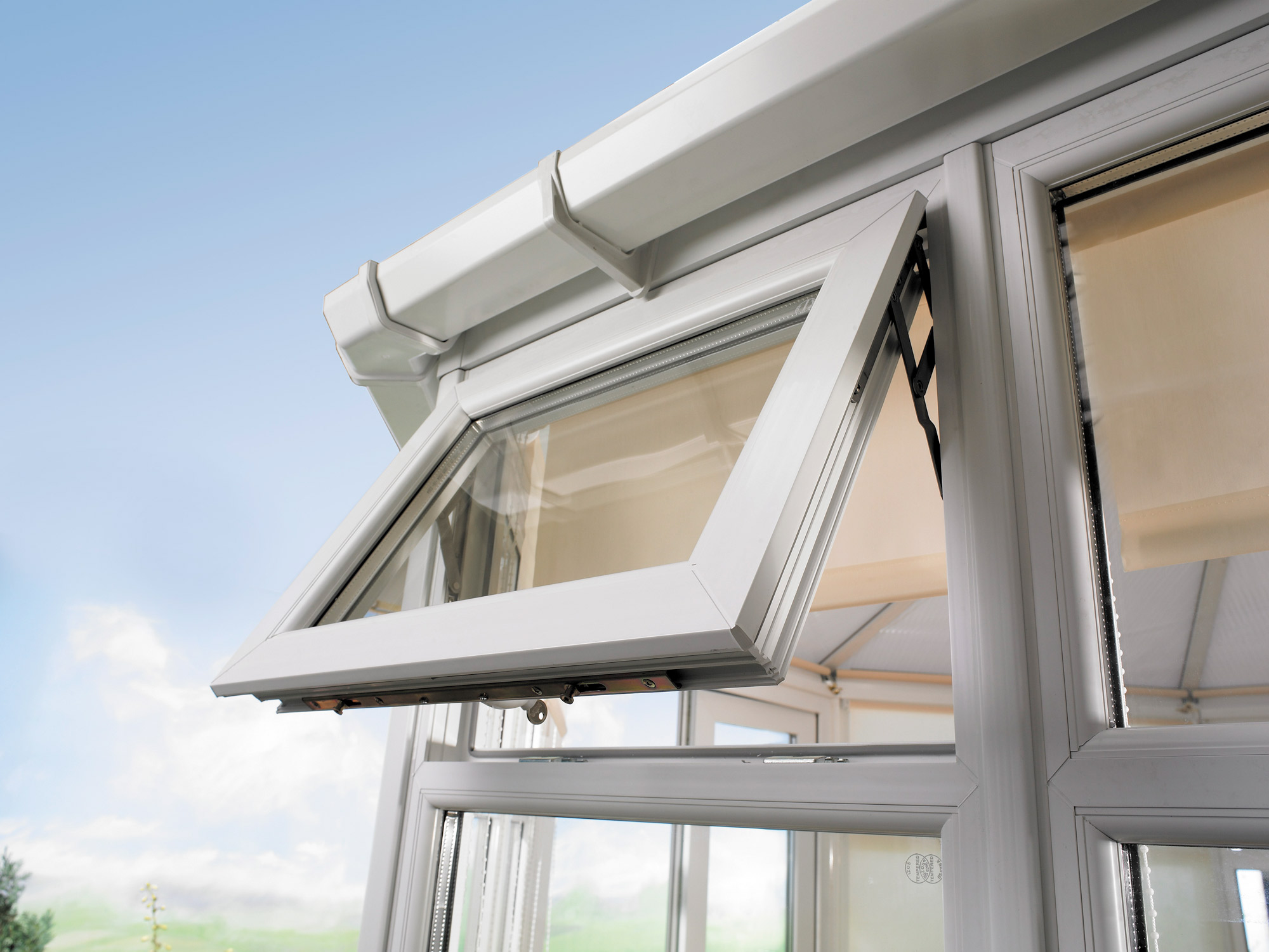Sash Window Cost
A traditional window style consisting of one or more movable panels (sashes) that slide vertically or horizontally in the frame.
Average Price Range
Energy Rating
Security Rating
Typical Lifespan
Sash windows stand as a quintessential element of British architectural heritage, combining elegant aesthetics with practical functionality. Characterized by two vertically sliding panels (sashes) that operate within a frame, these windows allow for precise control of ventilation. Their ingenious design creates effective air circulation by allowing warm air to escape through the upper opening while cooler air enters through the lower section, making them remarkably efficient for natural cooling. Dating back to the late 17th century, sash windows gained prominence during the Georgian, Victorian, and Edwardian periods, becoming synonymous with classical British architecture. Traditional sash windows operated using a counterbalance system of weights, pulleys, and cords concealed within the frame, though modern versions often employ spring balances for smoother operation and reduced maintenance. The distinctive proportions and detailing of sash windows contribute significantly to a propertys character and value. Georgian sashes typically featured a six-over-six pattern of small panes, while Victorian designs often showcased larger panes in a two-over-two arrangement, reflecting the technological advances in glass manufacturing of each era. Todays sash windows combine traditional aesthetics with contemporary performance. Modern manufacturing techniques have addressed historical limitations, with improved weathersealing, security features, and double or triple glazing options significantly enhancing thermal and acoustic insulation. For period properties, authentic timber sashes maintain architectural integrity, while uPVC and composite alternatives offer traditional looks with reduced maintenance requirements and improved thermal efficiency, making them suitable for conservation areas and listed buildings.
Advantages
- Traditional aesthetic
- No outward opening space required
- Good for period properties
- Available in various configurations
Disadvantages
- More complex to manufacture
- Can be drafty in older designs
- Typically more expensive than casement
- Moving parts may require maintenance
Best Suited For
Period properties
Victorian and Georgian homes
Conservation areas
Traditional aesthetics
Sash Window Replacement Costs
The table below shows average replacement costs for Sash Window windows of different sizes, including supply and installation. Prices may vary based on specification, glazing options, and your location.
| Window Size | Supply Only | Installation | Total Cost | Time to Install |
|---|---|---|---|---|
| Small (600 × 900mm) | £375 | £150 - £250 | £575 | 2-3 hours |
| Medium (1000 × 1200mm) | £650 | £200 - £300 | £900 | 3-4 hours |
| Large (1200 × 1500mm) | £1,000 | £250 - £350 | £1,300 | 4-5 hours |
| Extra Large (1800 × 2100mm) | £1,425 | £300 - £450 | £1,800 | 5-6 hours |
Cost Factors
Factors that increase cost:
- Triple glazing (+15-25%)
- Acoustic glass for noise reduction (+10-20%)
- Enhanced security features (+5-15%)
- Custom finishes or colors (+5-10%)
Ways to save on cost:
- Multiple window replacement discount (10-15%)
- Standard sizing rather than custom dimensions
- Off-peak installation (winter months)
- Comparing quotes from multiple installers
Cost Comparison by Material
Different materials affect both the initial cost and long-term value of your Sash Window windows. Below we compare typical costs and benefits:
| Material | Price Range | Energy Efficiency | Lifespan | Maintenance |
|---|---|---|---|---|
| uPVC | £520 - £650 | Good (A-C) | 20-25 years | Low |
| Aluminum | £780 - £975 | Good (B-C) | 30-40 years | Low |
| Timber | £910 - £1170 | Good (B-C) | 30+ years | Medium-High |
| Composite | £1040 - £1300 | Excellent (A+) | 30-40 years | Low |
Long-Term Value Considerations
While uPVC is typically the most affordable option for Sash Window windows, materials like timber and composite may offer better long-term value when considering lifespan, property value enhancement, and energy savings.
Initial Investment
uPVC offers the lowest upfront cost, while composite materials represent the highest initial investment.
Energy Savings
Composite and modern timber windows often provide the best thermal performance, resulting in higher energy savings.
Property Value
Timber and composite windows typically add more to property value, especially in period properties.
Key Features
Traditional appearance
Sliding mechanism rather than hinged
Available in single or double-hung styles
Good for period properties
Opening Mechanisms

Vertical Sliding
Window slides vertically in channels.
Advantages
- Traditional aesthetic
- No external/internal space needed
Disadvantages
- Requires balance mechanism
- Only opens halfway
Maintenance
Maintenance Requirements
Medium-High - sliding channels require regular cleaning and lubrication
Typical Lifespan: 20-25 years
Sash Window Variations

Single-Hung Sash
Only the bottom sash moves, while the top remains fixed.

Double-Hung Sash
Both top and bottom sashes can move independently.
Material Options
Excellent Compatibility
Timber
Excellent Compatibility
Traditional and authentic, preferred for heritage properties
Good Compatibility
uPVC
Good Compatibility
Modern interpretation of traditional design
Composite
Good Compatibility
Good performance but less traditional appearance
Fair Compatibility
Aluminum
Fair Compatibility
Not traditional but can work in modern properties
Installation Guide
Installing Sash Window typically involves measuring the window opening, removing existing windows, preparing the opening, and installing the new window frame. Professional installation is recommended to ensure proper fitting, sealing, and functionality.
Installation Process
- Measuring - Accurate measurement of the window opening
- Removal - Careful removal of existing windows
- Preparation - Clean and prepare the window opening
- Installation - Position and secure the new window frame
- Sealing - Apply proper sealing to ensure weatherproofing
- Finishing - Complete internal and external finishing work
- Testing - Check operation and make adjustments
Professional Installation
Professional installation ensures proper fitting and sealing
Installers have the right tools and equipment for the job
Installation typically takes 1-2 days depending on the number of windows
Professional installation often includes warranty and after-service